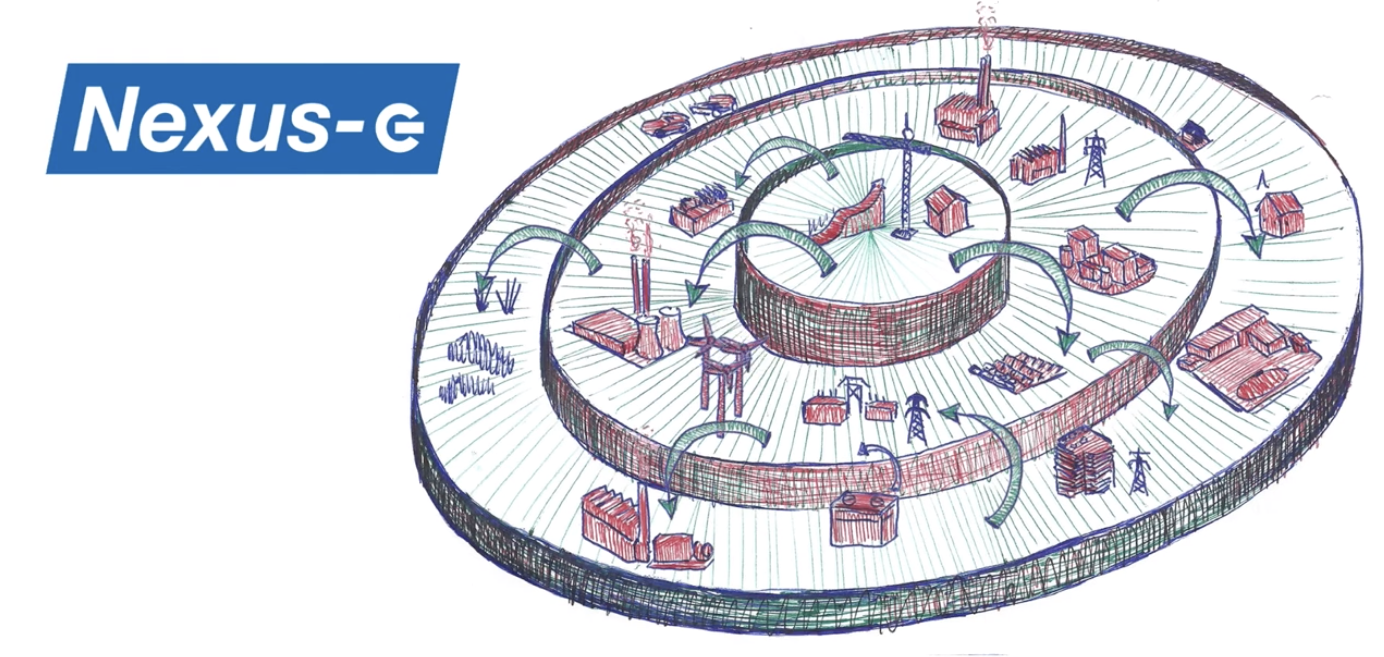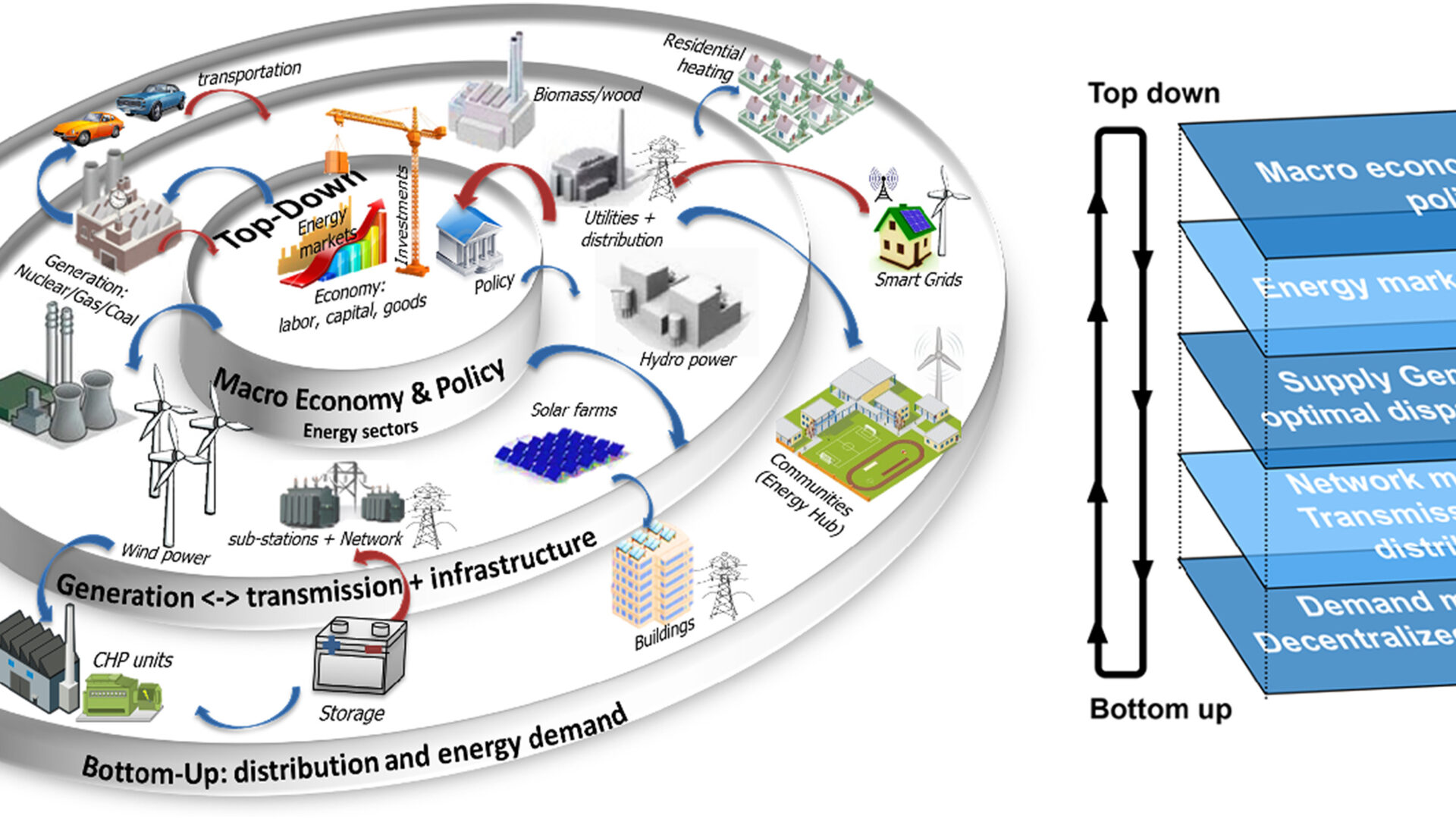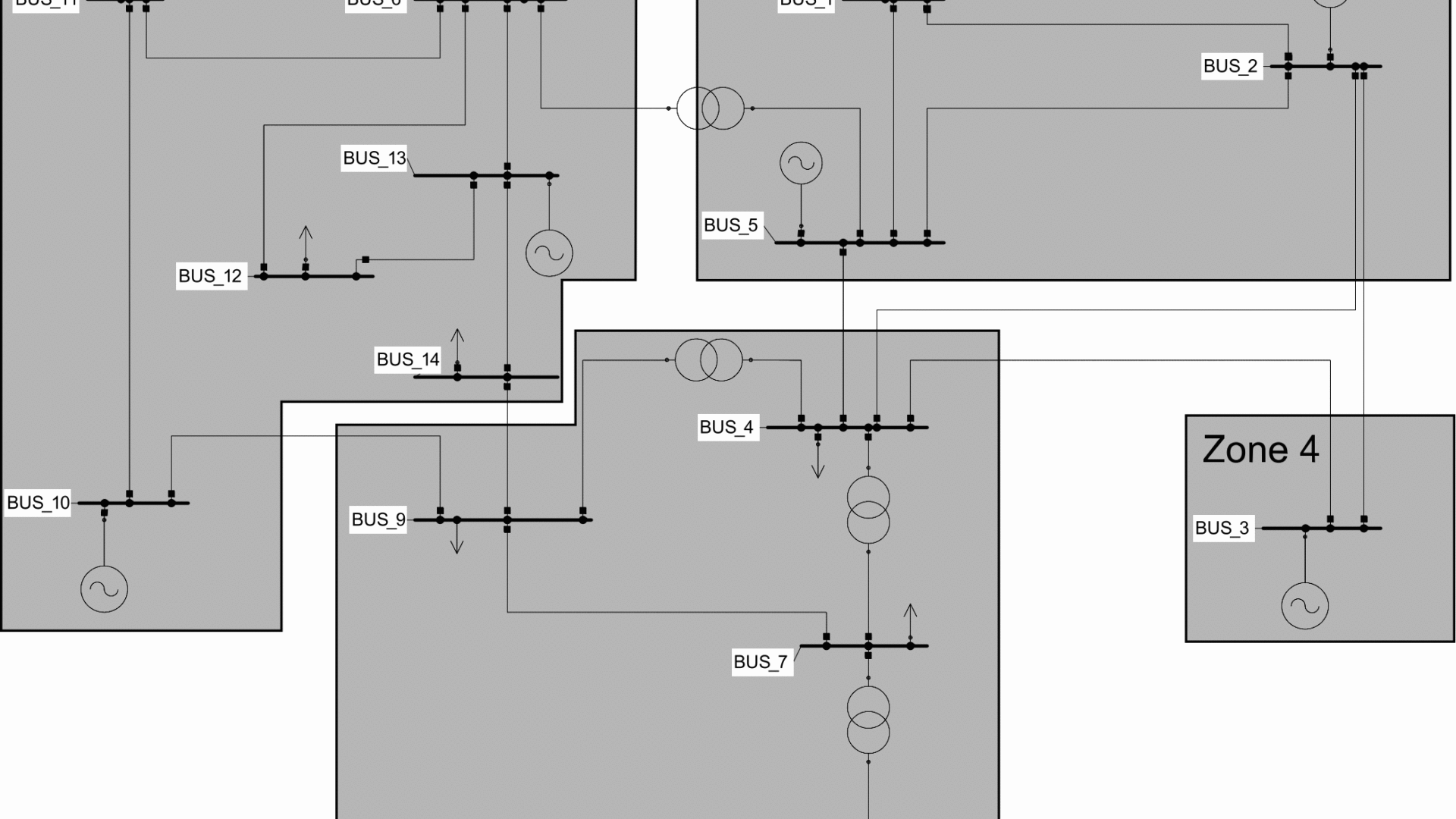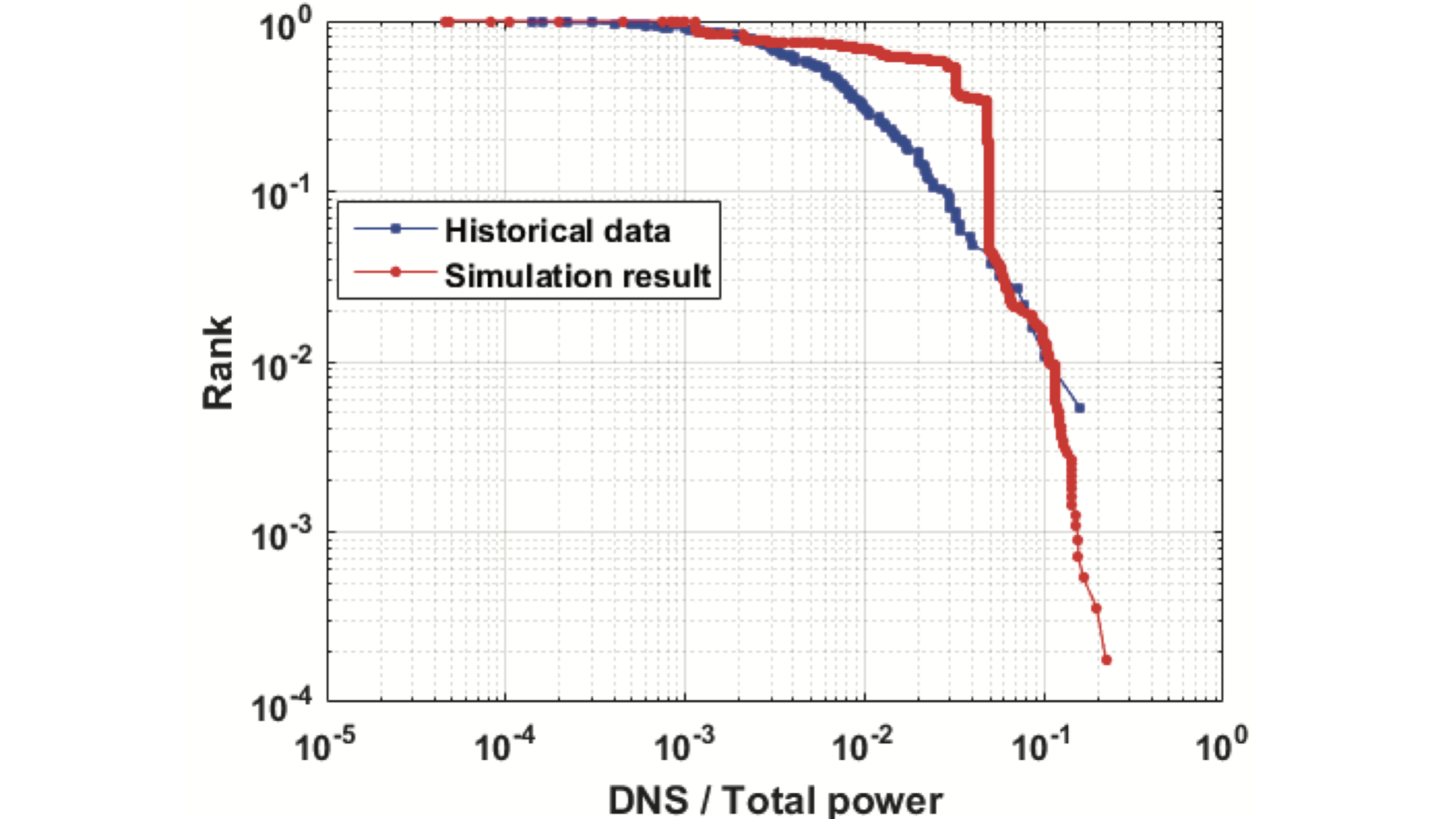New scenarios based on cooperation with Energy Infrastructure Partners
In this collaboration, EIP and ESC under the lead of Dr. Marius Schwarz have developed scenarios for the future of Switzerland’s electricity system and tested several shock scenarios.
Read moreNew model intercomparison study
Solar PV will be a key technology of the Swiss energy transition according to new model intercomparison study.
Read moreJonas joins Nexus-e as the new manager
Jonas Savelsberg takes over the role of Nexus-e manager. He brings in knowledge on economics of power markets and experience from environmental policy consulting.
Read moreAssessing the feasibility of Roadmaps
In our new study, we checked the feasibility of the Roadmaps for the Swiss electricity system up to 2050 from the company Helion Energy AG, the Swiss industry association Swissolar and National Councilor Jürg Grossen. have each developed roadmaps.
Read moreNew project report! Check out our insights on V2G in Switzerland.
Vehicle-to-grid (V2G) – the bidirectional interaction between electric vehicles and the
grid – is one way of leveraging the battery capacity to provide flexibility for the electricity system. In a new study, we make a first estimate of the potential impact of V2G on the Swiss electricity system.
Read moreBrand new Nexus-e scenarios available and in the ETH Zukunftsblog
The scenario results based on the recently finished CH2040 project, a collaboration with Prof. Patt's group for climate policy, are now available online. You can find the final project report, a link to the visualized scenario results, and Prof. Patt's contribution to the ETH Zukunftsblog on our CH2040 project page
To the CH2040 project pageNew article in VSE Bulletin
How dependent is the Swiss energy transition on developments abroad? Check out our new article!
Read moreCan solar PV in the alps help Switzerland’s energy transition?
Read moreNexus-e is an interconnected energy system modeling platform which aims to facilitate the energy transition in Switzerland by serving as a modeling infrastructure for researchers, students, and industry partners.
Using the Nexus-e platform, we develop pathways for the Swiss energy system and analyze the impact of technological, economic, regulatory, and societal developments.

By playing this video, you agree to the use of cookies by YouTube
This may include analytics, personalization, and ads.
Learn more
OK
This may include analytics, personalization, and ads.
Learn more
OK
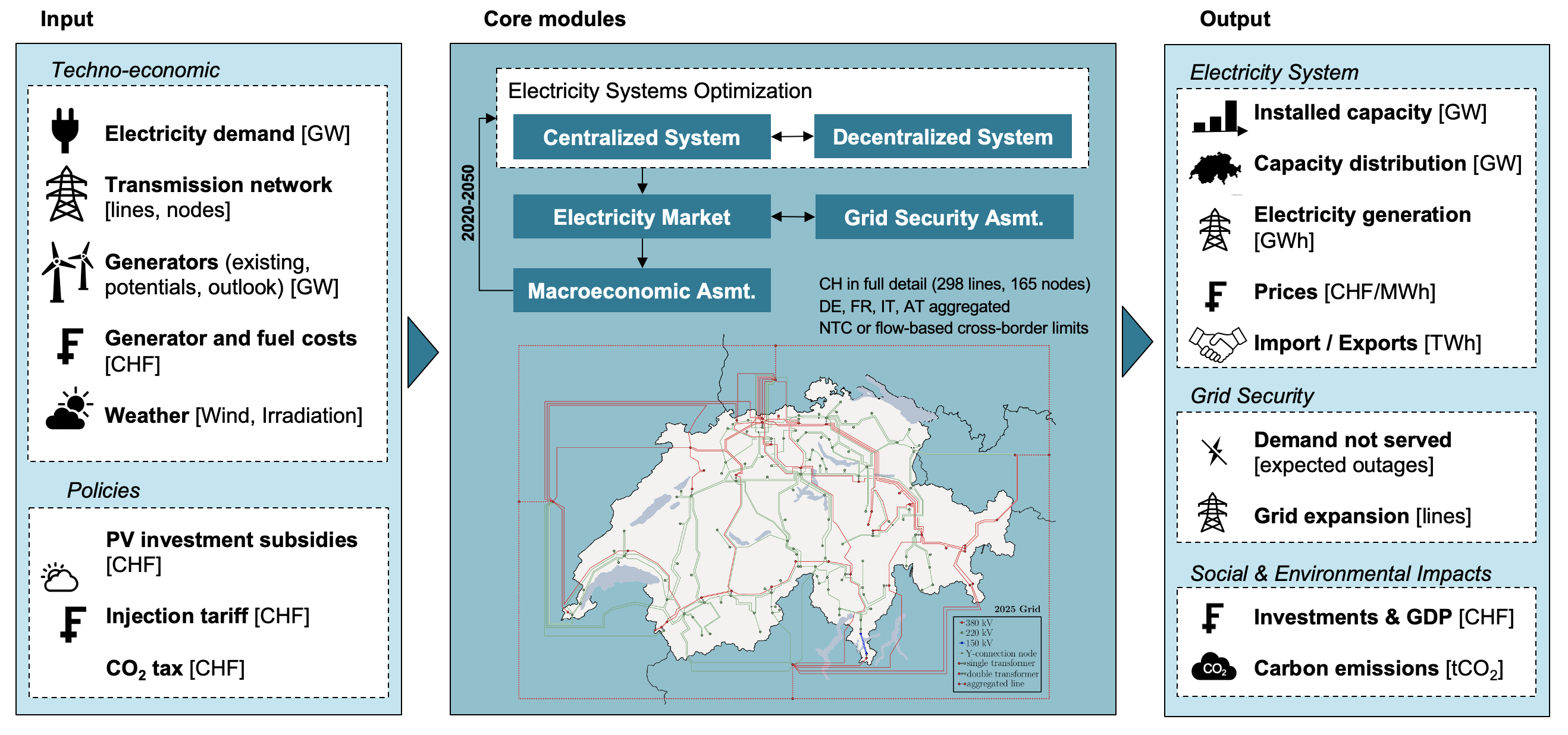
By playing this video, you agree to the use of cookies by YouTube
This may include analytics, personalization, and ads.
Learn more
OK
This may include analytics, personalization, and ads.
Learn more
OK
The Nexus-e platform aims to
- represent the whole energy system at regional and national scales,
- combine strengths of top-down and bottom-up modeling approaches to account for complexity and multidisciplinarity in the energy system,
- be a platform with a modular structure, well-defined interfaces, and transparent assumptions,
- provide an infrastructure that is continuously used, extended, and improved by researchers from ETH Zurich, other institutions, and industry partners,
- inform private and public stakeholders on topics concerning the energy transition to support public engagement.
With a current focus on electricity, the Nexus-e platform will include more components of the energy system, including energy supply and use, for example, related to buildings, transportation, or environmental impacts.


